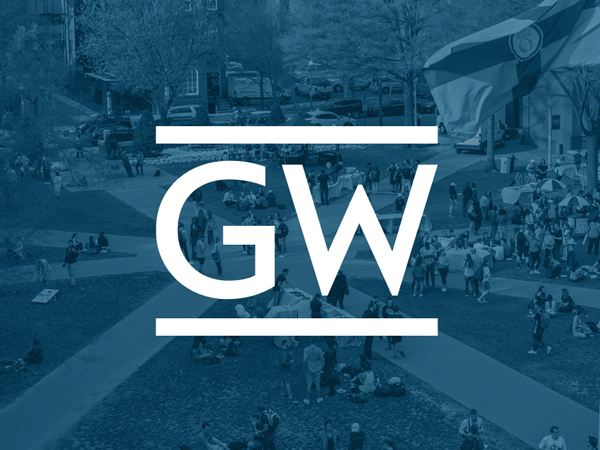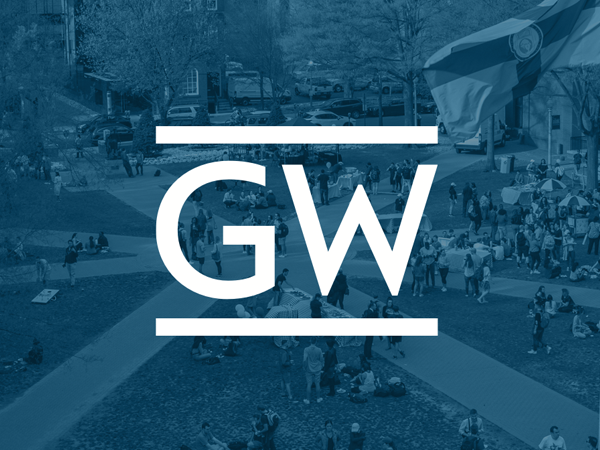Download commentary (PDF)
In brief...
HUD’s proposed Affirmatively Furthering Fair Housing rule builds on its prior rulemakings on the subject. If HUD proceeds with its proposed rule, it should commit to retrospective review and to providing technical support on community engagement to program participants.
Introduction
The Fair Housing Act prohibits housing discrimination based on one’s “race, color, religion, sex, familial status, or national origin.” It also requires that the Department of Housing and Urban Development (HUD) do more than simply not discriminate: HUD must administer programs “in a manner affirmatively to further” fair housing. HUD’s 2023 notice of proposed rulemaking (NPRM) Affirmatively Furthering Fair Housing (AFFH) offers a revamped regulatory framework through which grant recipients and public housing authorities (“program participants”) can fulfill the AFFH mandate. This Commentary summarizes the proposed regulation and the author’s recommendations submitted during the public comment period.
Affirmatively Furthering Fair Housing Rulemaking
HUD’s 2023 AFFH proposed rule is an evolution of its 2015 AFFH rule. The 2015 rule was HUD’s first rule establishing a formal process for implementing the AFFH mandate. It required program participants to complete an Assessment of Fair Housing (AFH) to analyze which fair housing issues were most prevalent in their region, and to develop strategies to solve them. The AFH process helped program participants conduct a more comprehensive analysis of fair housing issues and develop stronger fair housing goals, though some program participants—especially smaller participants with fewer resources for staff and data analysis—found the AFH assessment burdensome and had to rely on external contractors. In 2018, HUD suspended its 2015 rule without developing a new fair housing planning process to replace the AFH design.
HUD’s new AFFH rule reestablishes a fair housing planning process and attempts to streamline the required fair housing analysis from the 2015 rule. Equity Plans replace the AFH assessment as the method for assessing fair housing. While Equity Plans are inspired by AFHs, HUD intends for Equity Plans to simplify the required data analysis, hoping that program participants will instead focus their time on setting meaningful fair housing goals. HUD also requires program participants to gather input on fair housing issues and goals from their local communities.
Retrospective Review Recommendations
One challenge HUD has faced is a lack of data on the implementation of its 2015 AFFH rule. Because the rule was only in place for three years before being suspended, the agency did not have much time to collect data measuring the rule’s effectiveness. If HUD proceeds with this proposed rule, it should develop a plan for collecting data now to use in retrospective review in the years to come.
Three key areas for HUD to study are family-level outcomes from local Equity Plan implementation; the proportion of program participants relying on external contractors to complete Equity Plans; and the proportion of program participants coordinating with other participants in their area on joint Equity Plans.
HUD’s regulatory impact analysis (RIA) predicts that the procedural steps required in the proposed rule will lead to benefits for “protected class groups across a variety of quality-of-life metrics.” HUD should identify which quality-of-life metrics it anticipates will improve with the proposed rule and develop a plan to measure them. HUD should coordinate with program participants to gather data at the local level, as well as working with the Census Bureau to collect socioeconomic data at the federal level. HUD should start collecting these data now to establish a baseline before a final rule is promulgated, and then continue to collect data during and after Equity Plan implementation to see how implementation affects their identified metrics. This will be essential to determine if this approach to fair housing planning actually generates meaningful outcomes for individuals trying to access fair housing.
The next two areas for HUD to study both relate to minimizing costs for program participants. HUD predicts that program participants who complete Equity Plans in-house and who collaborate with other program participants on joint Equity Plans will bear lower costs under the proposed rule framework. In this proposed rule, HUD has attempted to simplify the required fair housing analysis to make it easier for program participants to complete without external assistance. HUD should compare the proportion of program participants using contractors under the Equity Plan framework to the proportion under the AFH process to determine if the changes to the required data analysis were sufficient.
HUD should also commit to measuring the proportion of program participants who work with others in their area to complete joint Equity Plans. HUD predicts that program participants who complete joint Equity Plans will have lower costs because they can share the burden with other organizations. HUD should study the proportion of program participants completing joint Equity Plans and determine if their costs are actually lower. If costs are lower but few groups are completing joint Equity Plans, HUD should engage program participants to discover what, if anything, would incentivize them to complete joint Equity Plans in the future.
Community Engagement Recommendations
HUD’s proposed rule includes requirements for community engagement during and after Equity Plan development. HUD asked for feedback on how it could best facilitate community engagement, including whether it should require that program participants hold virtual meetings or host a certain number of meetings. In supporting program participants’ community engagement efforts, HUD should focus on playing a technical support role. HUD should provide program participants with resources on planning community engagement meetings that focus on building trust, social capital, and community buy-in. For virtual meetings, HUD should provide guidance on designing inclusive, engaging virtual meetings.
HUD should avoid setting a required number of meetings for program participants to host. Rather, it should provide performance objectives that program participants must reach through their community engagement efforts. Communities across the country have different contexts and cultures around public engagement, and locally based program participants know best what works for their regions.
Conclusion
HUD’s proposed AFFH rule is based on experience from its suspended 2015 regulations, but making certain revisions to the proposal could improve outcomes and equip regulators to better evaluate its implementation. These recommendations highlight opportunities for HUD to assess the effectiveness of its rule and encourage HUD to push program participants to think creatively about community engagement.



